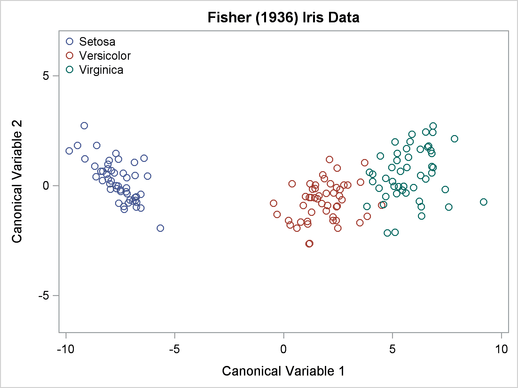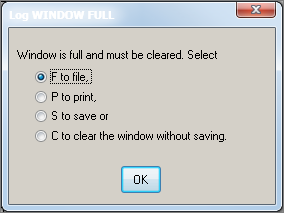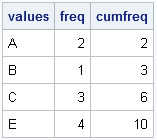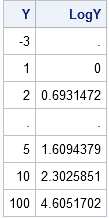
Sometimes a graph is more interpretable if you assign specific colors to categories. For example, if you are graphing the number of Olympic medals won by various countries at the 2012 London Olympics, you might want to assign the colors gold, silver, and bronze to represent first-, second-, and third-place








